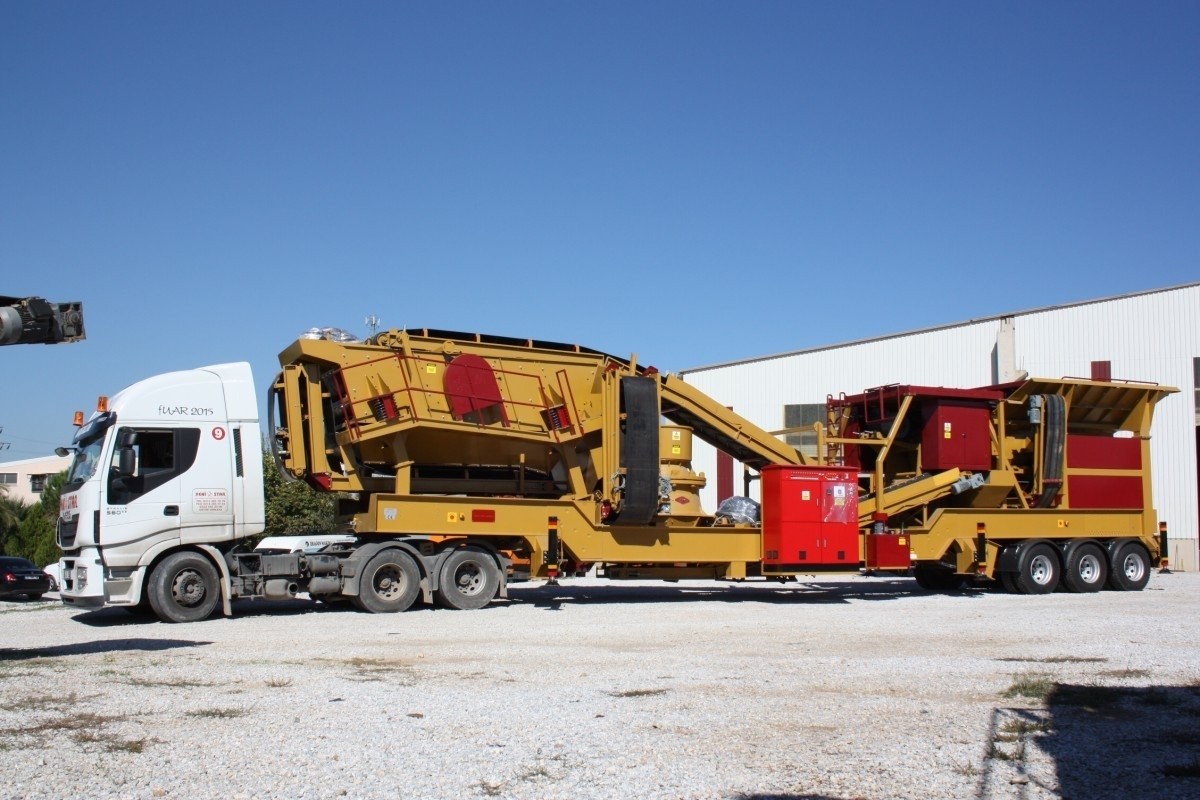Coal Crushing and Screening Plant – Comprehensive Guide
Introduction
Coal crushing and screening machines are essential equipment in coal processing plants, mining operations, and thermal power stations. These machines break down large coal chunks into smaller, uniform sizes and separate them based on particle size for various industrial applications.
Types of Coal Crushers
Jaw Crusher – Primary crushing, suitable for hard and abrasive coals.
Impact Crusher – Uses impact force to crush coal, ideal for medium-hard coals.
Hammer Crusher – Efficient for soft to medium-hard coals, high reduction ratio.
Roll Crusher – Produces uniform particle size with minimal fines.
Cone Crusher – Used for secondary or tertiary crushing, precise size control.
Screening Machines
Vibrating Screens – Separate coal into different sizes using vibration.
Trommel Screens – Rotating drum for coarse and wet coal screening.
Grizzly Screens – Remove oversized material before crushing.
Working Principle
Crushing Stage: Raw coal is fed into the crusher, where it is broken into smaller pieces.
Screening Stage: Crushed coal passes through screens to classify sizes (e.g., lump coal, fines).
Conveying: Sized coal is transported via belts for further processing or storage.
Applications
Thermal power plants
Coke production
Cement industry
Coal washing plants
Advantages
Increases combustion efficiency
Reduces transportation costs
Enables better coal blending
Maintenance & Safety
Regular lubrication of bearings
Inspection of wear parts (hammers, screens)
Dust suppression systems to prevent explosions
Conclusion
Coal crushing and screening machines optimize coal quality and efficiency in industrial processes, making them indispensable in energy and manufacturing sectors.
 English
English
 Le français
Le français
 Türkçe
Türkçe

